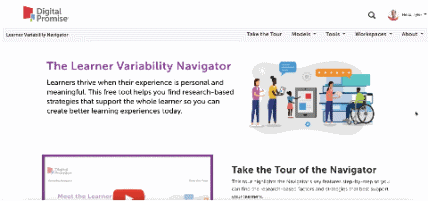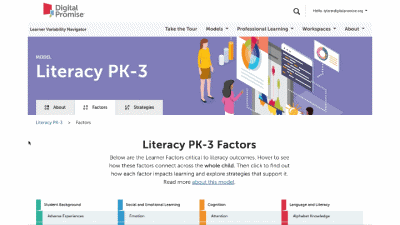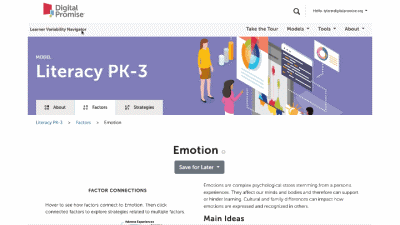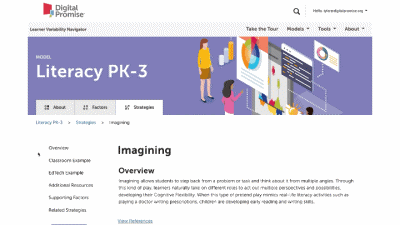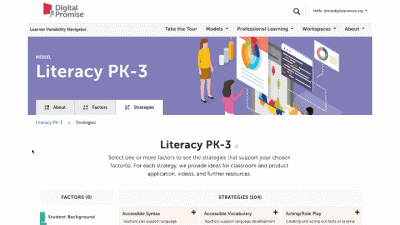Explicit Instruction: Math Vocabulary
Overview
Math vocabulary is critical for helping learners understand math concepts, procedures, and word problems. In combination with other problem-solving and metacognitive strategies, teaching learners the words that indicate quantities and types of Operations is critical to their understanding of the underlying concepts of math language.
Apply It In Your Learning Environment
Example: Use This Strategy In in the Classroom
Design It into Your Product
Apply It To Product Development
- Provide tools for highlighting, marking out, and circling words and phrases in word problems.
- Annotations can allow learners to label aspects of their solutions to support explaining their thinking.
- Sentence frames could be provided to support second language learners.
- Text-to-speech functionality in the control of the learners can support their vocabulary development as they listen to the language of math and build learner agency.
Additional Resources
Additional examples, research, and professional development. These resources are possible representations of this strategy, not endorsements.
Factors Supported by this Strategy
More Instructional Approaches Strategies
When teachers connect math to the students' world, students see how math is relevant and applicable to their daily lives.
In explicit number naming, the structure of the number name labels the number in Place Value order and clearly states the quantity.
Family engagement happens when educators and schools collaborate with families to collectively support their child's learning in meaningful ways, both at school and at home.
In guided inquiry, teachers help students use their own language for constructing knowledge by active listening and questioning.
Math centers with math games, manipulatives, and activities support learner interests and promote the development of more complex math skills and social interactions.
Through short but regular mindfulness activities, students develop their awareness and ability to focus.
Instruction in multiple formats allows students to activate different cognitive skills to understand and remember the steps they are to take in their math work.
Three-phase lesson format is a problem-solving structure to promote meaningful math learning by activating prior knowledge, letting students explore mathematical thinking, and promoting a math community of learners.
Untimed tests provide students the opportunity to flexibly and productively work with numbers, further developing their problem-solving abilities.


